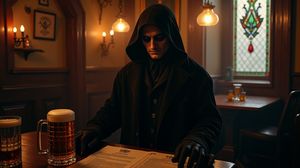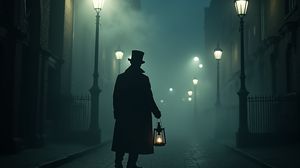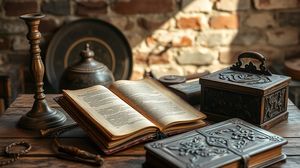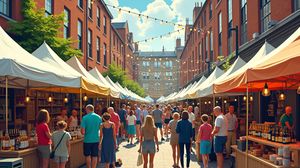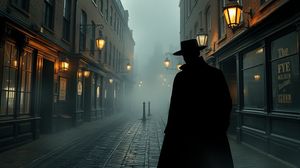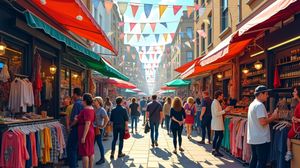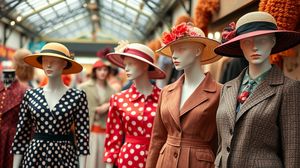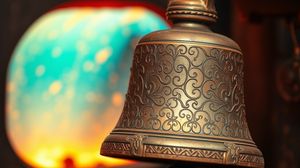
The Whitechapel Bell Foundry, established in 1570, is one of the oldest manufacturing companies in the United Kingdom and was famously located in Whitechapel, East London, until 2017. It is historically renowned for its role in casting some of the world's most famous bells, including Big Ben and the Liberty Bell.
Though the premises at 32-34 Whitechapel Road ceased to operate as a bell foundry in recent years, it remains an iconic symbol of the British industrial age. The building itself is a Grade II* listed structure, reflecting its architectural and historical significance in London's rich tapestry.
The foundry gained a place in the Guinness Book of Records for its industrial longevity, operating for over four centuries on the same site. Despite its closure, the tales of its craftsmanship and its contribution to pivotal historical moments resonate with bell enthusiasts and history buffs alike.
Interestingly, the foundry's bells are scattered around the globe, from cathedrals in England to government buildings in India and Australia. Its global reach is a testament to the quality and reputation of the bells produced here.
In the mid-20th century, the foundry had a surprising connection to popular culture; it was cited in Ian Fleming's "Dr. No" as the foundry where the villain forged a gold dinner service. This nugget of trivia attracts James Bond fans intrigued by the blending of fiction and history.
The site's closure sparked substantial interest and controversy, as there were ongoing debates about preserving its legacy and the future use of the historic premises. This discussion highlights the foundry's significance not just in London's past but in its ongoing conversation about heritage and preservation.

Making the Most of Your Visit:
Although the Whitechapel Bell Foundry no longer functions as a working foundry, you can still appreciate the building's exterior charm and history. Take a moment to admire the Grade II* listed facade, which is a fine example of early 18th-century industrial architecture.
Visit the nearby Whitechapel Gallery to get a deeper sense of the area's rich cultural history. This contemporary art gallery often hosts exhibitions that relate to the local heritage, offering an extra layer of context to your visit.
Keep an eye out for local walking tours focusing on London's industrial history. Some tours include stops at the foundry and can provide fascinating stories and additional context not immediately apparent from a casual visit.
Look for nearby plaques or information boards that detail the foundry's history. The local council and historical societies sometimes maintain these, offering free insights into the site's past.
If you're a history aficionado, you might enjoy finding out more about the bells produced here that have journeyed across the world. There are records online and in libraries about their destinations and the foundry's global legacy.

Visiting Times & Costs:
The Whitechapel Bell Foundry is not currently open to the public as a museum or attraction. The premises have ceased operation as a bell foundry, and no public tours or access are available at this time.
However, visitors can still view the historic building from the outside. There is no cost associated with admiring the architecture from the street.
The building's status as a Grade II* listed structure generally preserves its exterior, but visitors should be aware that access to the property itself is not possible. There may be limited viewing from surrounding public spaces.
As there are no facilities or official tours available, there are no special accessibility arrangements in place for visitors. The structure can be viewed from public pathways, which are subject to standard city access considerations.

Address & Map:

Nearby:


